As noted in accounts of ECB’s June 8-9 monetary policy meeting, “most members” supported to signal the 25bps rate hike at the July meeting. Starting the rate-hiking cycle with a step of this magnitude was seen as a “proportionate first step”. But “a number of members expressed an initial preference for keeping the door open for a larger hike at the July meeting”
“It was broadly agreed that the Governing Council should at this point be more specific about its expectations for the September meeting and, in particular, open the door to an increase in the key ECB interest rates by more than 25 basis points,” the accounts added.
“Looking beyond September, members widely agreed that, on the basis of the current assessment, a gradual but sustained path of further interest rate increases would be appropriate, with the pace of adjustment depending on incoming data and developments in the medium-term inflation outlook.”




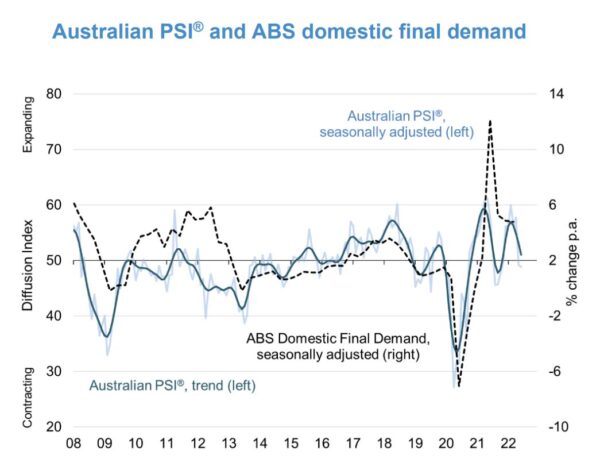
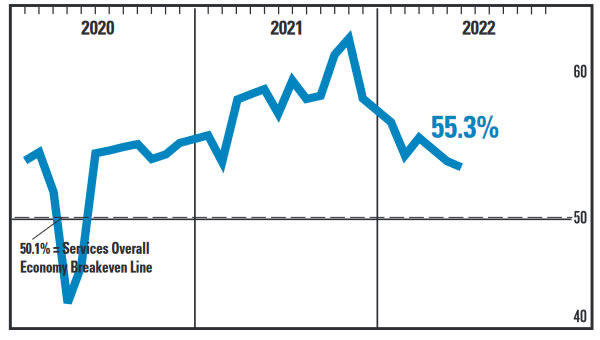
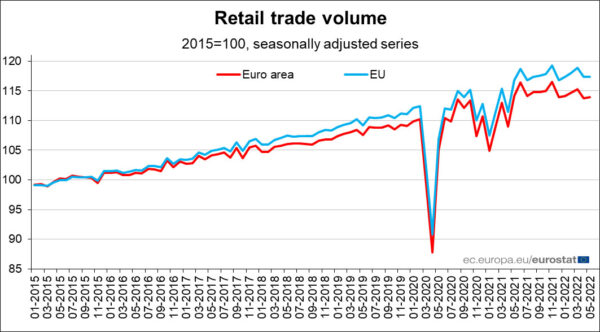
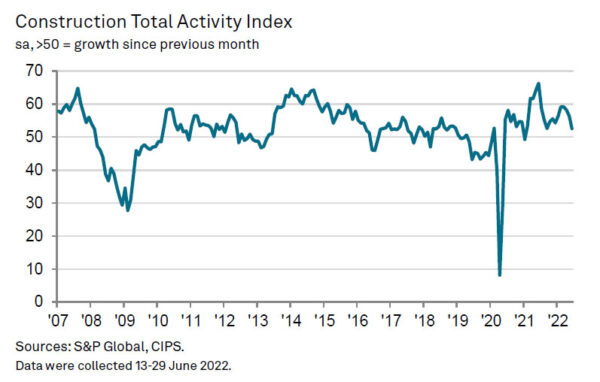
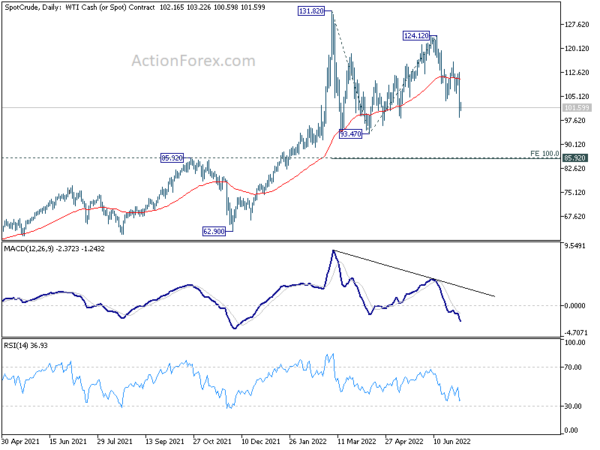
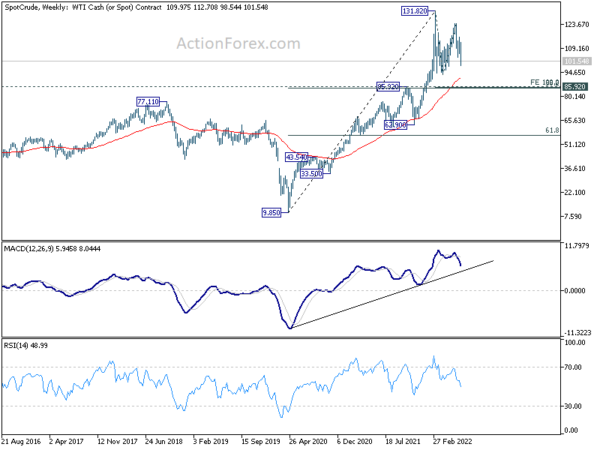
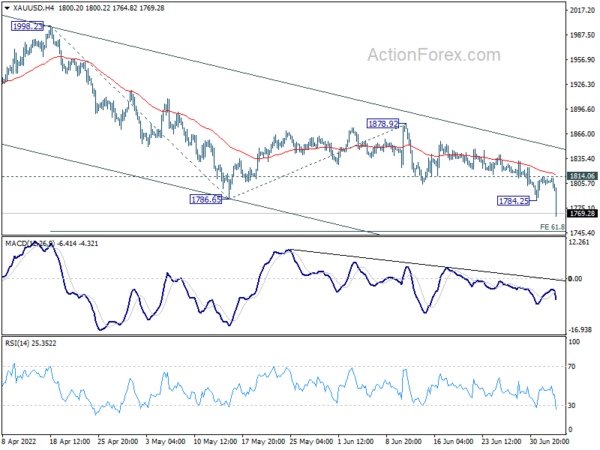
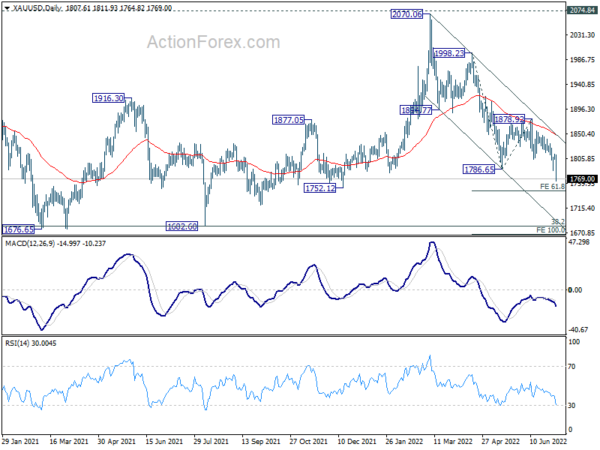
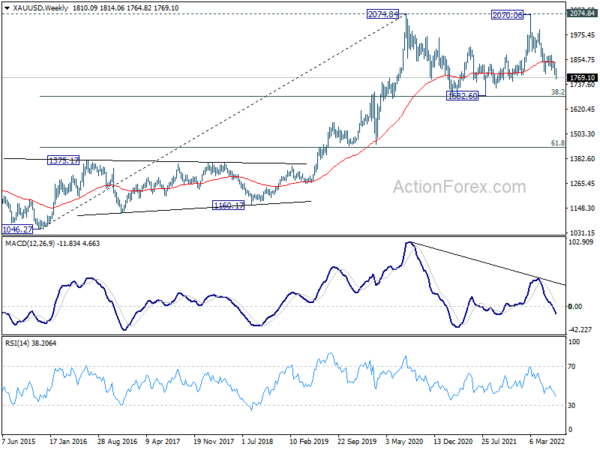
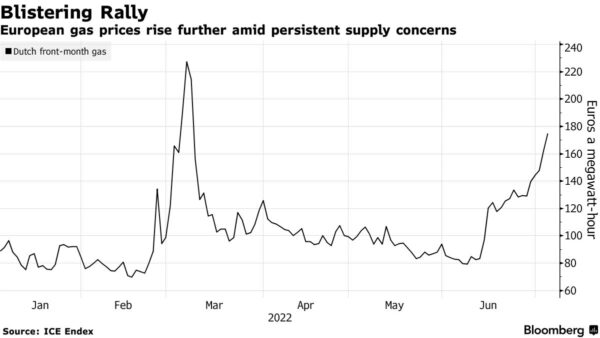
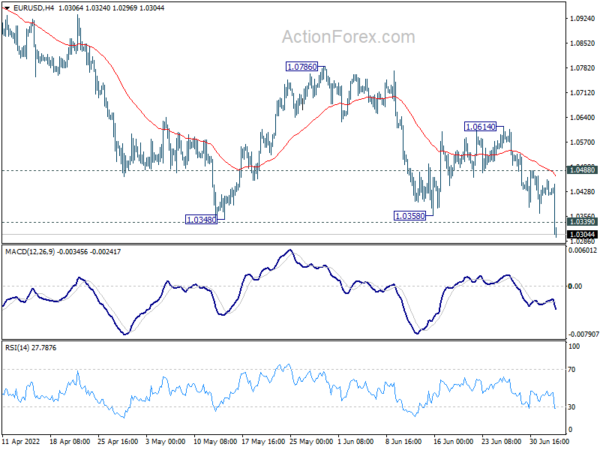
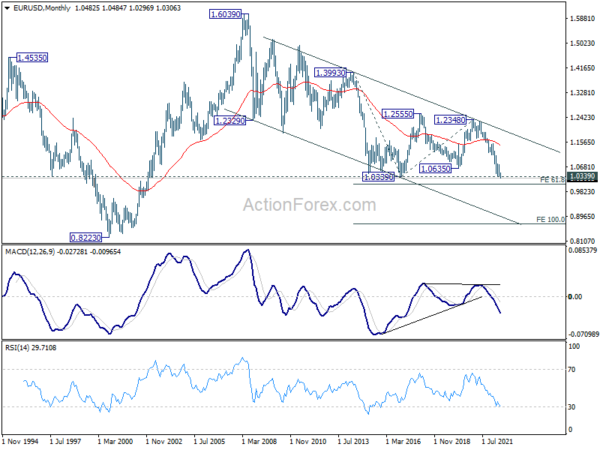
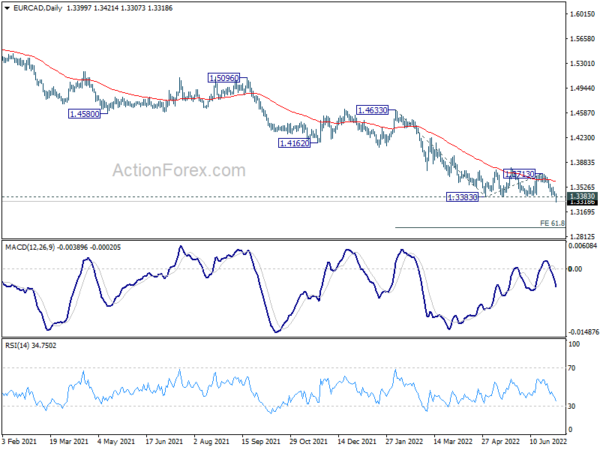
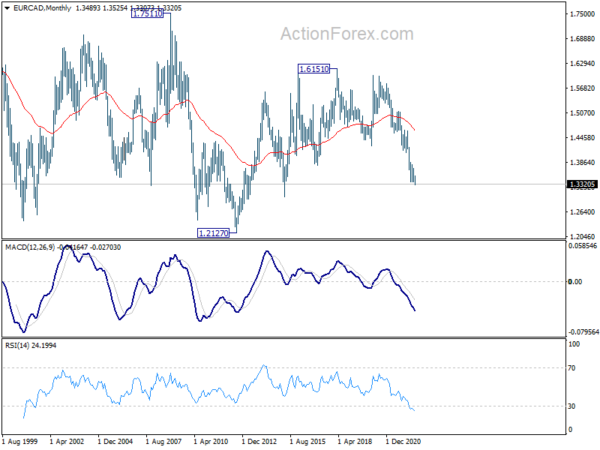
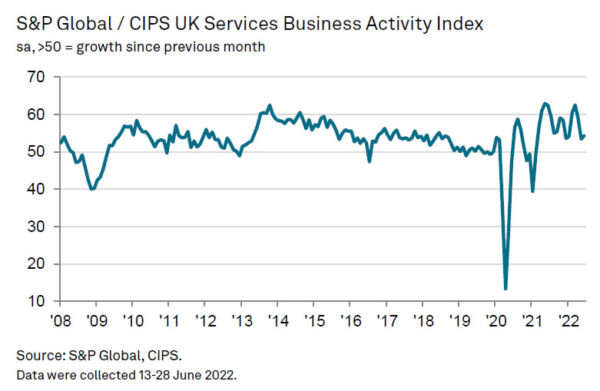
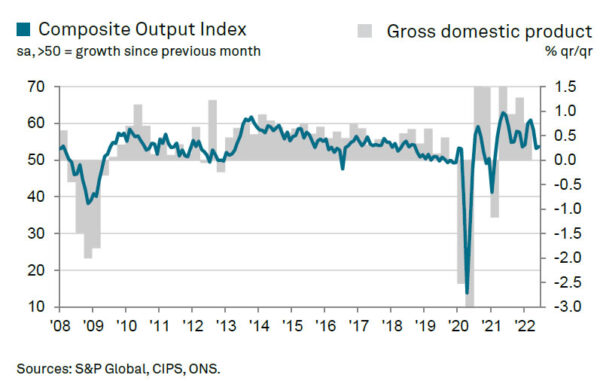
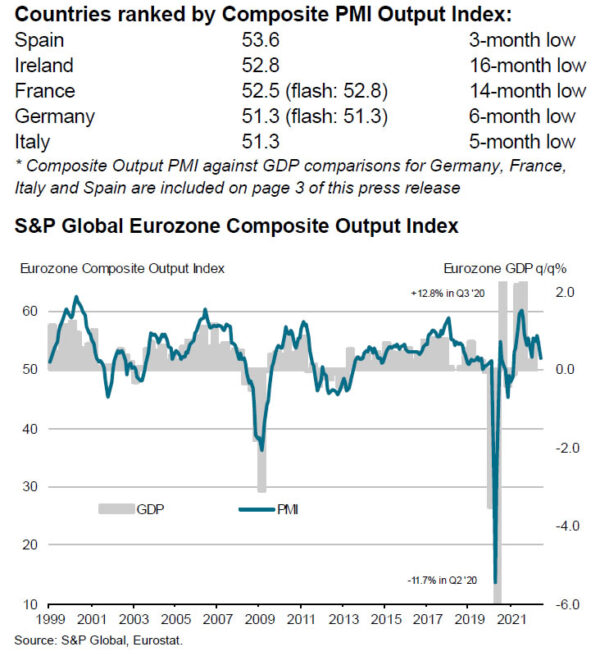
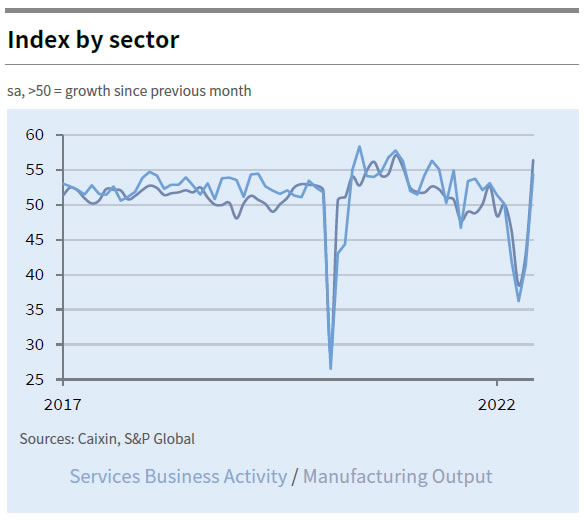
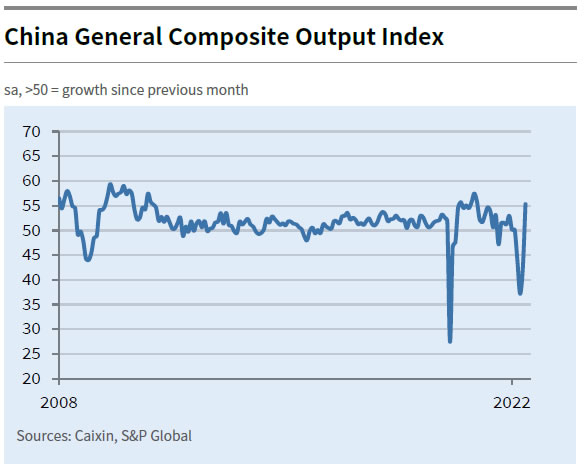
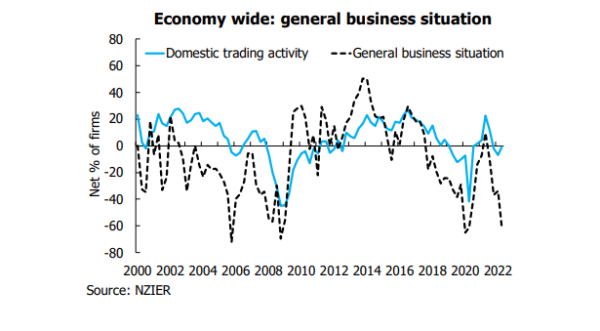
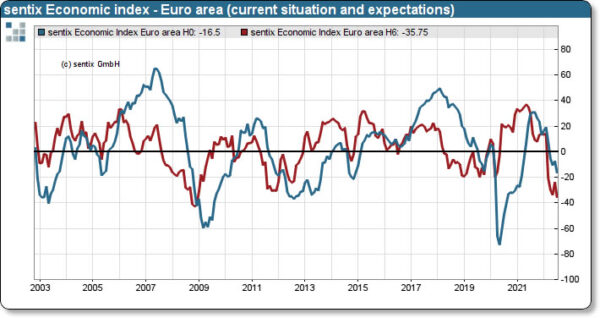

US initial jobless claims rose to 235k
US initial jobless claims rose 4k to 235k in the week ending July 2, slightly above expectation of 230k. Four-week moving average of initial claims rose 750 to 232.5k.
Continuing claims rose 51k to 1375k in the week ending June 25. Four-week moving average of continuing claims rose 16.5k to 1335k.
Full release here.